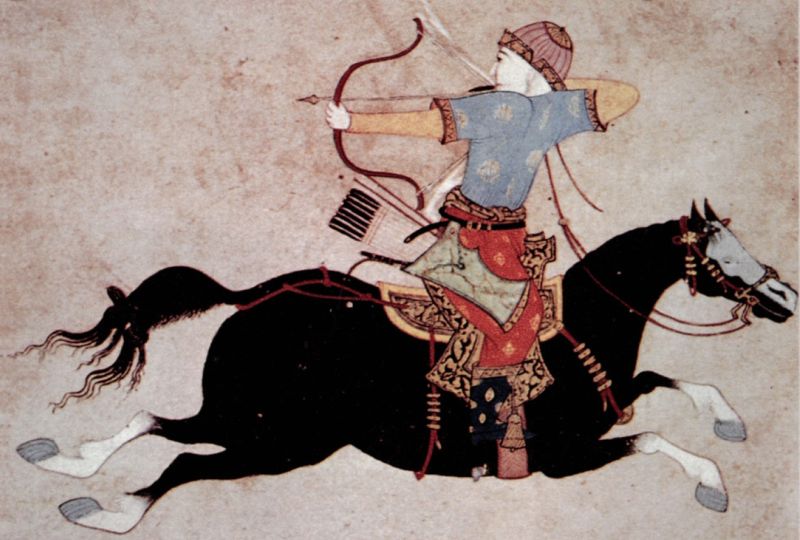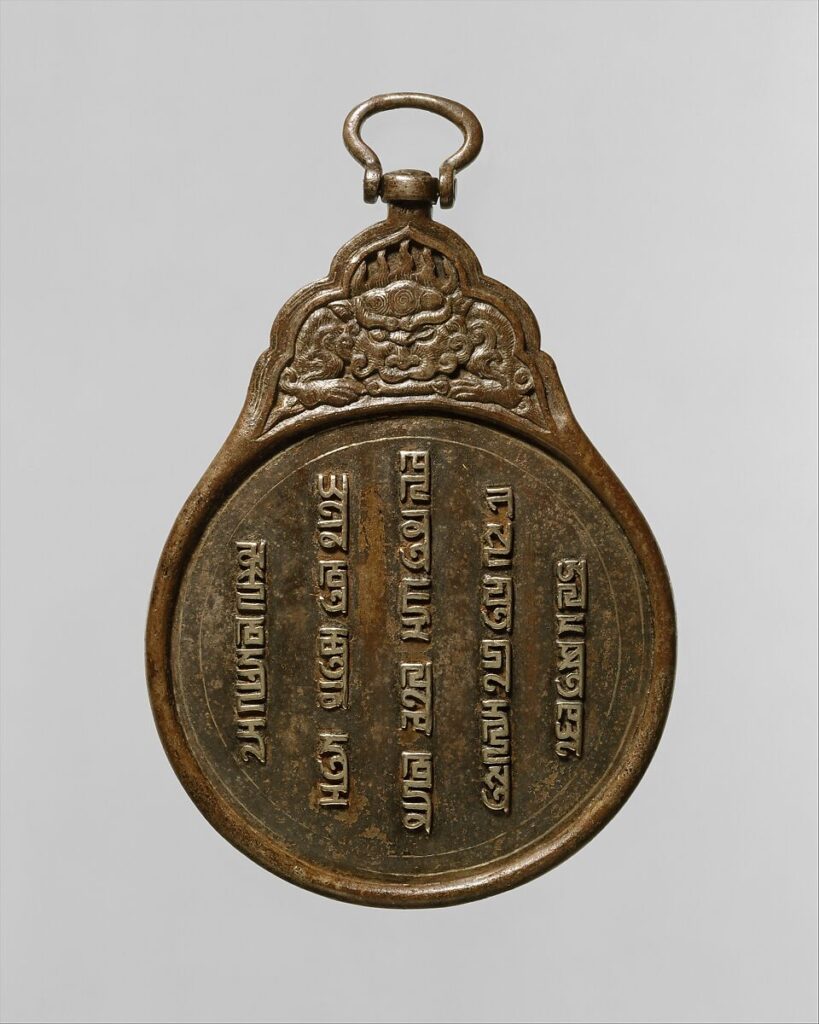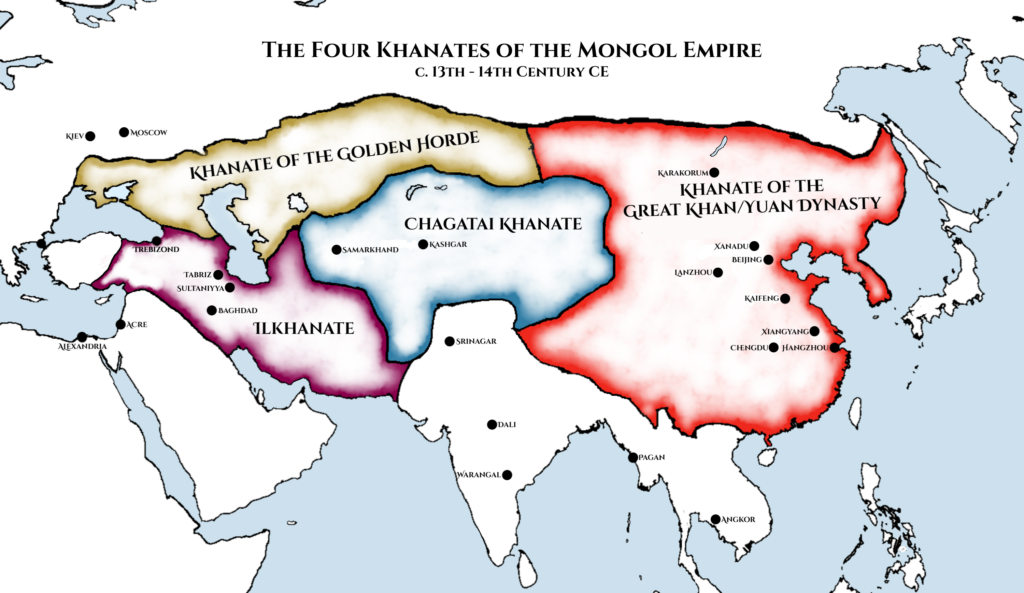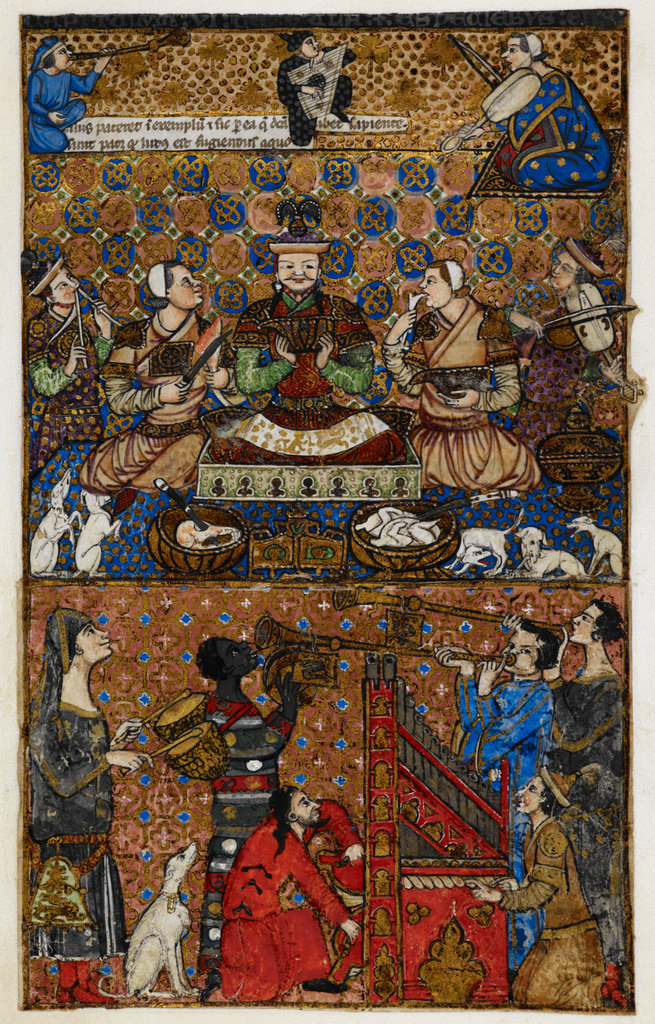The Mongols in the late 12th century were an unknown, unstoppable force that emerged from the East in a wave of terror and death. But while remembered in the west for their violence, the Mongols were interested in much more than destruction, creating “the largest contiguous land empire in world history.”4 Their historical misrepresentation, which still informs our perception of these steppe people today, stems from their lack of personal documentation. Much of what we know about the medieval Mongols and their legacy is recorded in heavily biased sources from their enemies and those they conquered. But their emergence as a powerfully united migratory people and subsequent fragmentation into influential khanates have left behind a lasting legacy on the cultures they conquered and the world they connected.
A Culture Built for Domination
In the 12th century, The Mongols were a pastoral culture that seasonally migrated, known as transhumance, to feed their herds. Living in tribal encampments, “ordas,” they carried their medieval mobile homes, called “gers” or “yurts,” on bactrian camels. They made their living off selling their animals, which they also used for their own food. Their ability to move far distances and plant themselves in new locations contributed to the relative ease of later conquests.

The Mongols bred and sold small horses from which they hunted. Such horses could travel vast distances and did not need fodder. Their horseback hunters were proficient in bow hunting, using composite (compact) bows and iron stirrups, and easily became a remarkable force of cavalry warriors in conquest. Their iconic Parthian shot appeared in artwork, a visual representation of their mobility in battle, where they often used feints and other battlefield tactics. Their lamellar armor was very lightweight. They used war masks with terrifying appearances to wage psychological warfare. These technological innovations kept the Mongols one step ahead of their enemies.
The Mongol’s religion also motivated their conquests. Their polytheistic religion, Tengrism, involved worship of nature and ancestors, organized under tribal leadership. They believed in a sky god Tenggeri and a prophecy of a leader who would unify their tribes and lead them to their destiny: global domination. Later, Persian Ilkhanate vizier Rashid al-Din wrote in his Compendium of Chronicles that even the Mamluks admitted (reportedly) that the Mongol Hulagu was “singled out for heavenly assistance.”4 Although writing decades after the event, by putting this religious perspective in the mouths of the Mamluks, Rashid al-Din continues to reflect the Mongol belief of divinely-guided world domination. Primed for mobility and divinely motivated, the Mongols aspired to and were uniquely prepared for global domination.

The prophecy of a leader appeared to come true in the person of Chinggis Khan (known as Genghis Khan today) who was thought to be an incarnation of Tenggeri. He united the tribes as a divine agent of their god during a period of climate change that was creating a shortage of pasture land and general unrest. Born Temujin, he reorganized the Mongol social order to destroy tribal leadership and consolidate power to himself. Assuming the title of khan in the 1180s, he was later officially titled Chinggis Khan, “fierce ruler,” by the khuriltai, a gathering of tribal chiefs.4 His success in unifying the Mongol tribes relied on his ability to socially and militarily organize the Mongols. He introduced policies such as equal spoil division and the “Jasagh,” laws for military, governmental, and legal systems as well as taboos.4
Chinggis Khan’s social efforts extended to those he conquered as well. Mongol court feasts were generous and celebratory in nature, both showcasing Mongol wealth to any outsiders and socially uniting the Mongols themselves.3 In the regions he conquered, Chinggis Khan promoted religious tolerance– subjected people were not forced to convert to Tenggarism, and some local religious communities were granted autonomy. While the Mongols felt destined under their god Tenggeri to conquer the world, they were not waging a campaign against other religions to promote their own, and religious toleration was a marker of Mongol rule.
Innovations & Fractures

Because of factionalism, the Mongols never achieved their aspirations of world domination. But even fractured into four khanates, the Mongolian empire did promote trade, travel, and contact among cultures across Eurasia, leading to a boom in commerce and exploration. This trans-Asian peace, known as the Pax Mongolica, began under Chiggis Khan and created a hyper-integrated Eurasian economy. Along the reactivated Silk Roads, a rapid exchange of goods and information increased the wealth and technological progress of Eurasia and the Mongols. Governmental innovations such as passports, introduced by the Yuan Dynasty of Khubilai Khan, kept merchants and travelers safe as they traveled through the khanates and encouraged trade. The Muslim traveler, pilgrim, and scholar Ibn Battuta praised Yuan China for its wealth, wonder and safety. Ibn Battuta’s travels and experiences with Muslim communities in distant lands also reveal how the Mongol’s Eurasian dominance, allowing for movement, incidentally helped expand Islam.1
This trans-Asian peace, known as the Pax Mongolica, began under Chiggis Khan and created a hyper-integrated Eurasian economy.
Despite the great trade and wealth the khanates produced, records of their creation and history are littered with evidence of disunity and reason for their failed global dominance. It began with a failure to choose a successor. While Chinggis did name his son Ogodei as his own successor, Ogodei did not grant his family the same privilege. When he died in 1214, a power vacuum formed. A rivalry formed between Tolui Sorghaghtani Beki, the wife of his brother Tolui, and Toregene Khatun, his widow, both of whom wanted their own sons to rule. Finally, Sorghaghtani Beki’s son Khubilai Khan was elected in 1260, but the years of successional strife marked the end of Mongol unity. Four main khanates formed, each both influencing and being influenced by the cultures they conquered.

The Ilkhanate and Yuan Dynasties are good examples of both political strife and cross-cultural interactions within the khanates. Ogodei’s son Hulegu led the western expansion. After his 1258 siege and sack of Baghdad, the Abbasid capital, he created the Ilkhanate. But any campaigns farther west were stopped by the Mamluks at the Battle of Ain Jalut in 1260. At its northern border, the Ilkhanate clashed with the Golden Horde, the khanate in what is now south-western Russia. Finally, a series of assassinations and rebellions revealed just how politically unstable the Ilkhanate had become. But as history reveals, no matter what political or social unrest, trade continues. For example, Mongol artistic styles influenced both Chinese and Persian art that was traded between the Yuan Dynasty and the Ilkhanate.4
In Yuan China, the struggle between traditional Mongol practices and more urban, sinified practices contributed to socio-political unbalance. While continuing his father’s agenda to expand Mongol rule east and west, Ogodei created an urban capital at Khara Khorum, revealing his move from a migratory to sedentary, urban lifestyle. The Mongols were not simply raiders driven to aimless destruction, as they are often stereotyped, but rather increasingly willing to rule conquered lands. While Khubilai Khan created the Yuan Dynasty, his attempts to create an urban Mongol Khanate were met with resistance. He had to fight for the throne against his brother Arigh Boke, who clung to traditional migratory Mongol culture.4 Later, Ibn Battuta reports on the infighting and political struggles between traditional Mongols and those who preferred sinified, urban Mongol life.2
But not all was a struggle. Ibn Battuta notes the multi-cultural practices of the Yuan court, witnessing music sung in Chinese, Arabic, and Persian.2 The Yuan government used Confucian rituals, and Khubilai Khan used Tibetan Buddhism to legitimize his rule, gaining the title “chakravartin,” or “Universal King.”4 The multicultural nature of the Yuan Court allowed outsiders such as Marco Polo to engage in court life. The Venetian’s report of the east drove many westerners to further exploration east. Although marked by strife, the Mongol Yuan Dynasty was powerful, connecting Eurasia as never before.
Response from the West

The west’s perception of the Mongol surge was varied. The Chronicle of Novgorod, a Russian ecclesiastical source, describes the Mongols as a force of God’s divine punishment for their sins.4 But some in Christendom hoped to convert the Mongols and ally with them against Muslim caliphates in holy war. Grigor of Akanc writes about how Mongols took Baghdad, praising them because they were enemies of the Islamic empire and accomplished what the Frankish crusades could not.4 Even Louis the IX was depicted in artwork as a khan in Mongol garb, revealing a positive connotation with Mongol rulers. But attitudes were generally ambivalent, as seen in an illuminated manuscript portrayal of a gluttonous Mongol feast from the 1400s Book of Vices — their sudden appearance had triggered social anxieties about worldly excess.3
But no matter their opinion of the Mongols, those west of the Mongol steppes were left deeply influenced by them. The Golden Horde introduced Russia to extensive trade networks, and the Mongol government was a model for the Russian autocracy.4 Some even consider the Mongol invasion as the beginning of Russian history. Iran was left fragmented by the dissolving Ilkhanate until the arrival of Tamerlane in the 14th century. And the Black Plague, while of debatable Mongol origin, was spread along the revitalized Silk Roads.
“The Mongols did not transform, though they influenced, the major civilizations they subjugated.”
The rise and fragmentation of the Mongols is a vast study, full of biased sources. If what we know about the Mongols comes largely from outsider sources, how is our perception of the Mongols stereotyped, and how can we take steps to challenge falseness in this image? Even the only contemporary Mongol source, The Secret History of the Mongols, is not without its myth, bias, and subjectivity. Regardless of written histories, the true story of the Mongols remains imprinted in the cultures they once ruled, a source much less consciously manipulated. Rossabi argues that “the Mongols did not transform, though they influenced, the major civilizations they subjugated.” And this influence ranges from government structures to art motifs to the Black Death. Their cultural impact and global integration may even have been the beginning of a global history.4 Although their hopes of global domination never came to fruition, the medieval Mongols changed the world forever.
1 Dunn, Ross E. 2012. The Adventures of Ibn Battuta: A Muslim Traveler of the Fourteenth Century. University of California Press.
2 Gibb, H. A. R. 1994. The Travels of Ibn Battuta. The Hakluyt Society London.
3 Prazniak, Roxann. 2019. Sudden Appearances: The Mongol Turn in Commerce, Belief, and Art. University of Hawai’i Press.
4 Rossabi, Morris, ed. 2011. The Mongols and Global History: A Norton Documents Reader. New York: W. W. Norton and Company.
Cover photo by Tolunay Karavar on Unsplash
a Courtesy of Wikimedia Commons
b National Palace Museum, Public domain, via Wikimedia Commons. https://commons.wikimedia.org/wiki/File:YuanEmperorAlbumGenghisPortrait.jpg
c Safe Conduct Pass (Paiza) with Inscription in Phakpa Script, China, late 13th century. The Metropolitan Museum of Art, Public domain, https://www.metmuseum.org/art/collection/search/39624.
d King, Arienne. Four knanates of the Monol Empire, World History Encyclopedia. Creative Commons Attribution-NonCommercial-ShareAlike. https://www.worldhistory.org/image/11439/four-khanates-of-the-mongol-empire/
e “Treatise on the Vices” by Cocharelli of Genoa, late 14th century. Used with permission from the British Library.